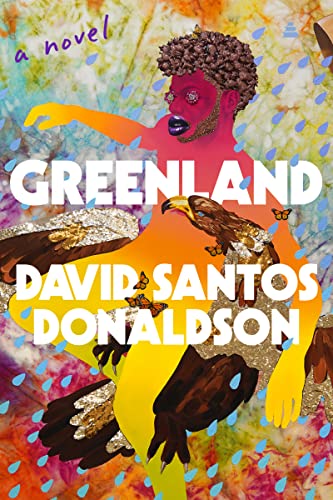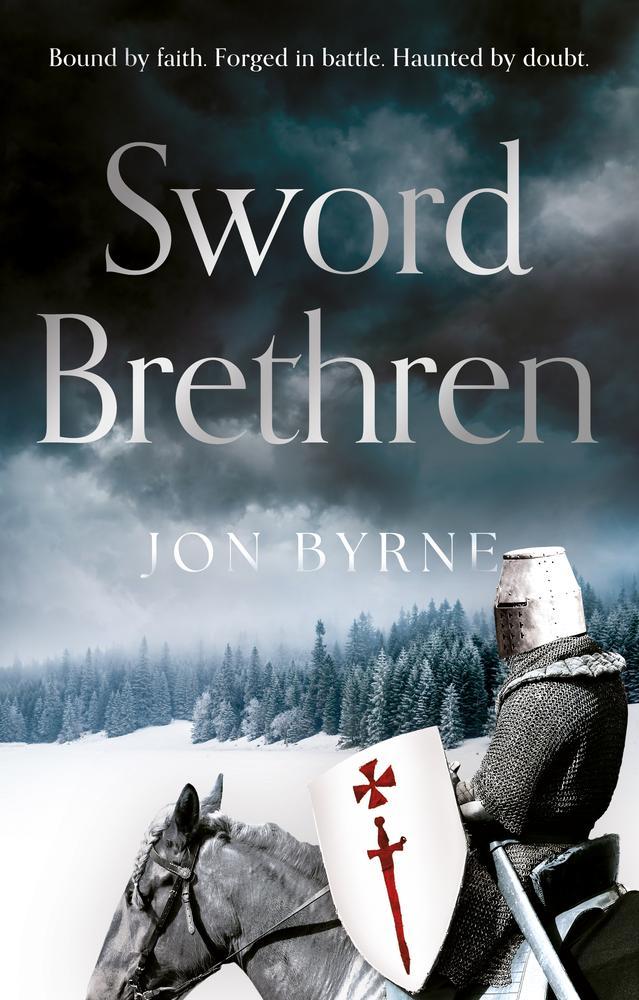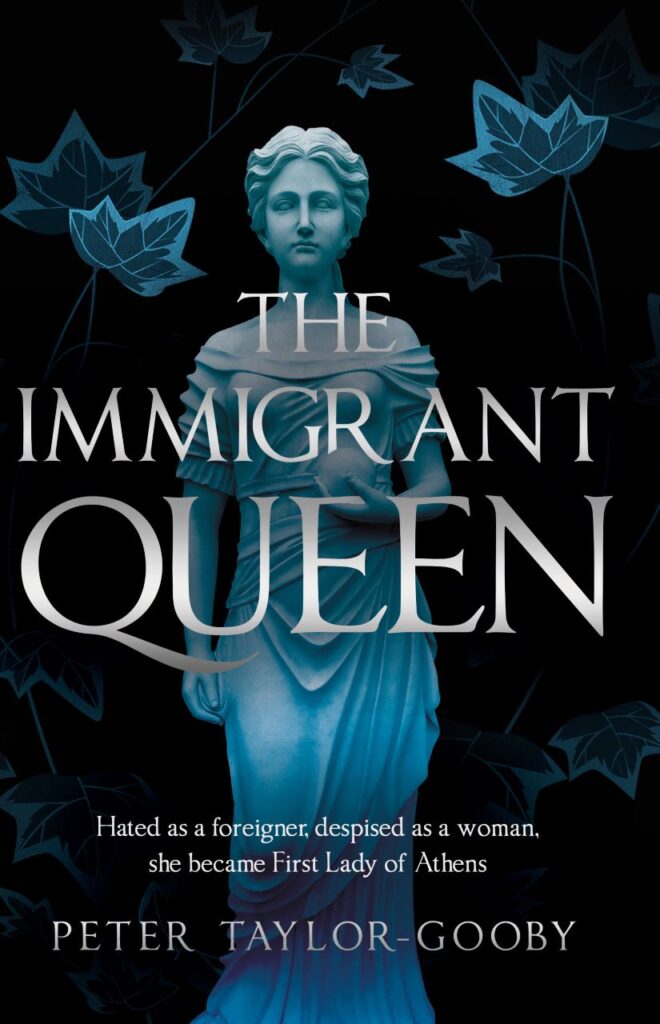Greenland
The historical events evoked in this novel are those surrounding the affair between British author E. M. Forster, best known for his keen examination of colonialism in A Passage to India, and Egyptian Mohammed el Adl. Donaldson’s painting of this different time and place is so limited, I am hard-pressed to call this a historical novel in the usual sense of the term. Nonetheless, this novel is an evocative and important story for today; writer Jaime Manrique has called its author “a new century’s James Baldwin.”
Kip Starling, ironically named for that other pillar of the White Man’s Burden, Rudyard Kipling, is the son of parents of Jamaican origin transplanted to middle-class England where they attempt to be, and hope to make their son, more English than the English. When we first meet Kip, he has fled to New York, married sandy-haired, freckled Ben and been asked to become the sperm-donor for—of course—beautiful Spanish Concha. He has escaped these connections by walling himself up in the basement to find his own voice and finish his novel about Forster and el Adl. “Put it in el Adl’s voice,” he is told. All he has ever wanted to become, he thinks, is a published writer and to be finally seen and heard for who he is by the white world around him.
Maya Angelou, police violence torn from today’s headlines, climate change—nothing is left unexamined as a Black queer man tries to escape the history of colonialism, racial and gendered, and ends up, in fact, alone in glacial Greenland. “My Possibility,” as el Adl names Kip, endearingly, when he appears via fantastic realism.










